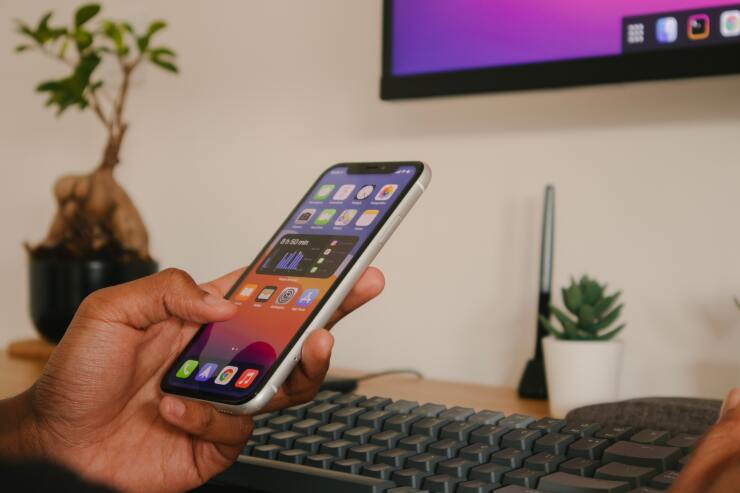No one wants to be chained to a desk all day, but employees are spending more time offline than they think.
The average employee spends almost 3 hours per day on intentional or unintentional
Employers believe 43 minutes is an appropriate average time for a break, and 86% of employees estimated they took less than an hour per day away from work, Solitaire found. However, just 9% of employees actually take less than an hour for their break.
"Breaks are an inevitable part of any work day. The past year has tested many employers and employees with the shift to virtual and remote workdays," says Tricia Harte, outreach manager on behalf of Solitaired. "As companies move forward and establish more permanent remote and in-office schedules, it’s critical to keep that communication open over acceptable break times."
Read more:
Employees have
But being too productive has its downsides, too. Sixty percent of employees say they are burned out from overwork, and 45% say they’ve worked more hours during the pandemic than they did before, according to the Society of Human Resource Management. Employers can help
“Taking the time to do things that make employees feel happy and alleviate stress is crucial to their overall well-being,” says Derek Richards, chief science officer at SilverCloud Health. “Employees should feel comfortable taking a mid-day break to walk the dog, throw on a load of laundry, call a friend or run an errand.”
Read more:
Employees can also blow off some steam by chatting with their coworkers and building up camaraderie, an important social outlet that’s harder to find with remote work. The Solitaired study found that 84% of employees think 25 minutes of chatting per day should be excused, in addition to other work breaks.
At the end of the day, employers should be looking at the quality versus the quantity of work being done before setting boundaries or monitoring employee time. This will improve trust between employers and employees and help them find a healthy balance.
"The way to strike the perfect work-life balance may be to set broader expectations about when work will be done to accommodate the inherent breaks that come up when working from home," Harte says. "Flexibility can go a long way with employee happiness and retention, insofar as work is done, employers may want to consider adjusting their own expectations about work hours to accommodate the breaks and multitasking that happens during WFH.”






